|
|
|
|
|
|
|
Comets have both fascinated and frightened people throughout history, but few people outside the scientific community and a dedicated cadre of amateur observers pay attention to these celestial wanderers nowadays. This is largely due to our modern lifestyle in which the splendor of the night sky is rarely noticed. At any one time, there are a couple dozen comets which are accessible to astronomers and amateurs, but comets which can be appreciated by the general public are relatively rare. The unexpected discovery of comet C/1996 B2 (Hyakutake) provided excellent naked-eye observing opportunities during the spring of 1996, and another, comet C/1995 O1 (Hale-Bopp), may be even more spectacular this March and April.
In this issue of PSR Discoveries, we will discuss the importance of studying these small solar system bodies, including the historical development of cometary science, and will discuss the discovery and upcoming apparition of comet Hale-Bopp and how to best observe it.
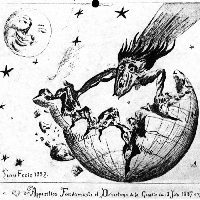 |
|
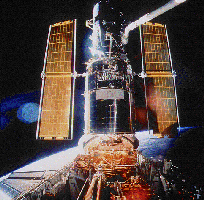 |
|
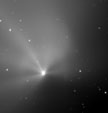 |
|
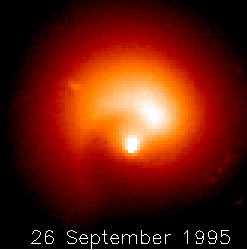 |
|
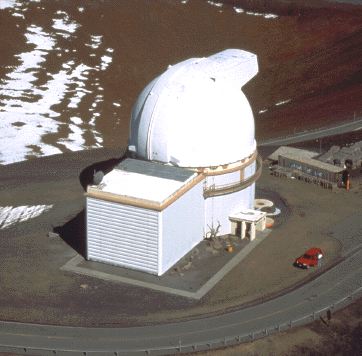 |
|
|
|
[ About PSRD |
Archive |
Search |
Subscribe ] [ Glossary | General Resources | Comments | Top of page ] |